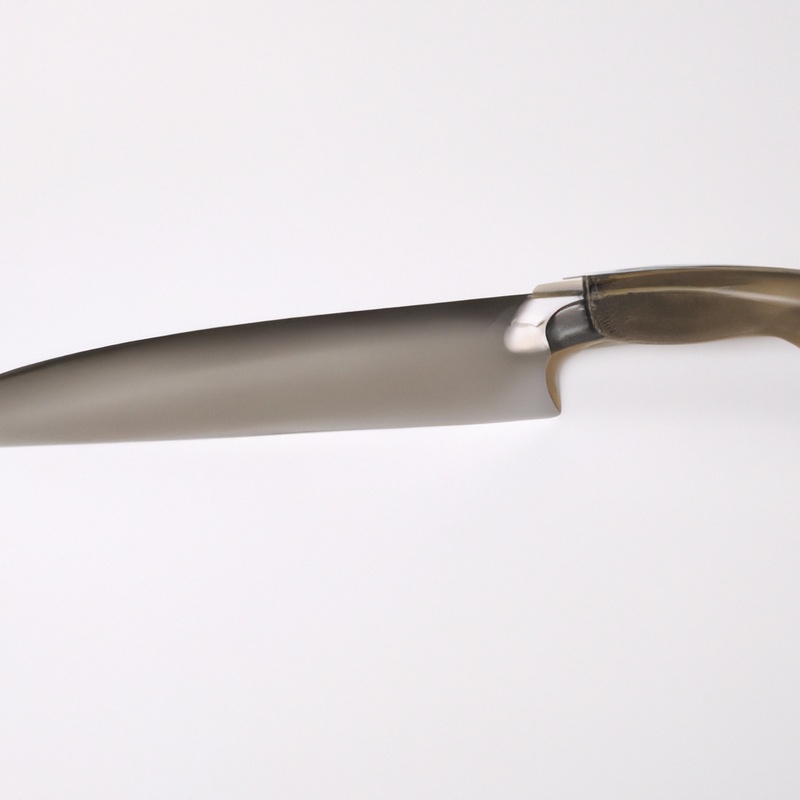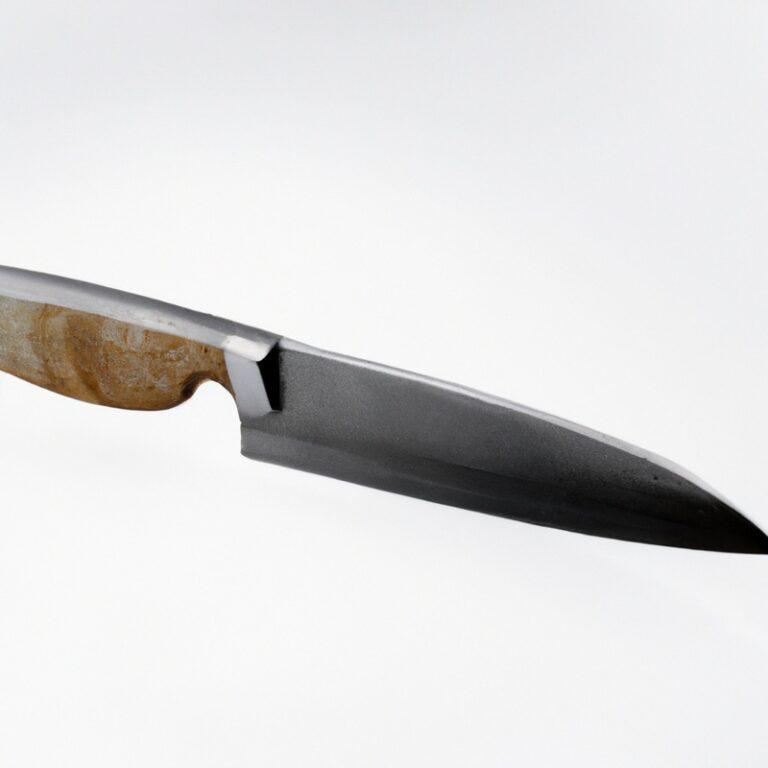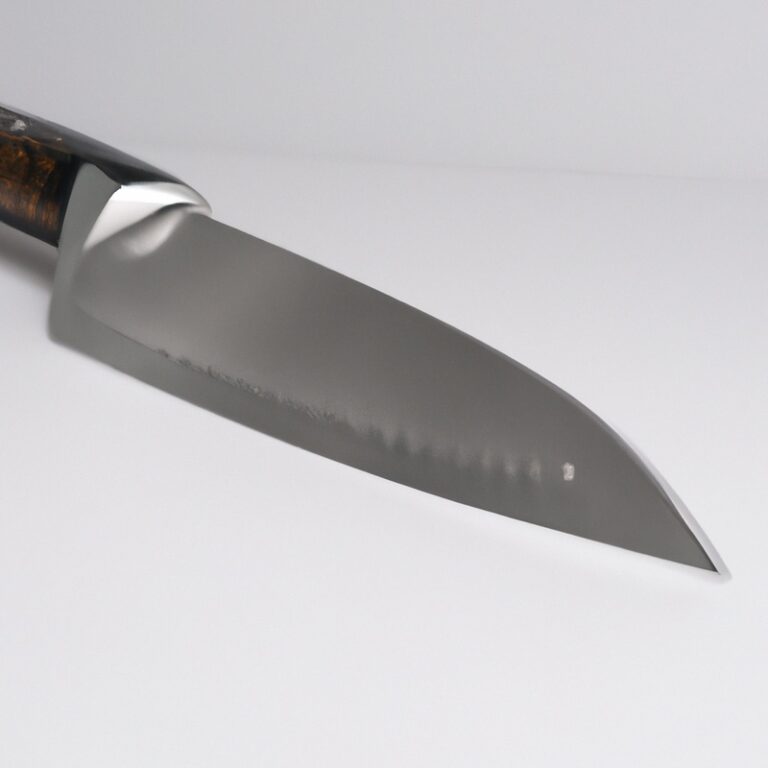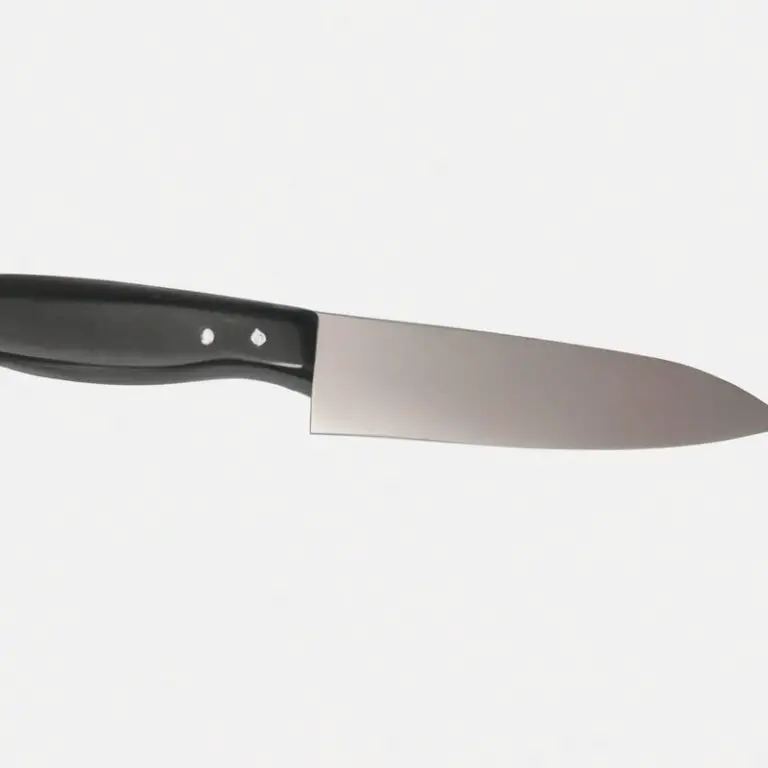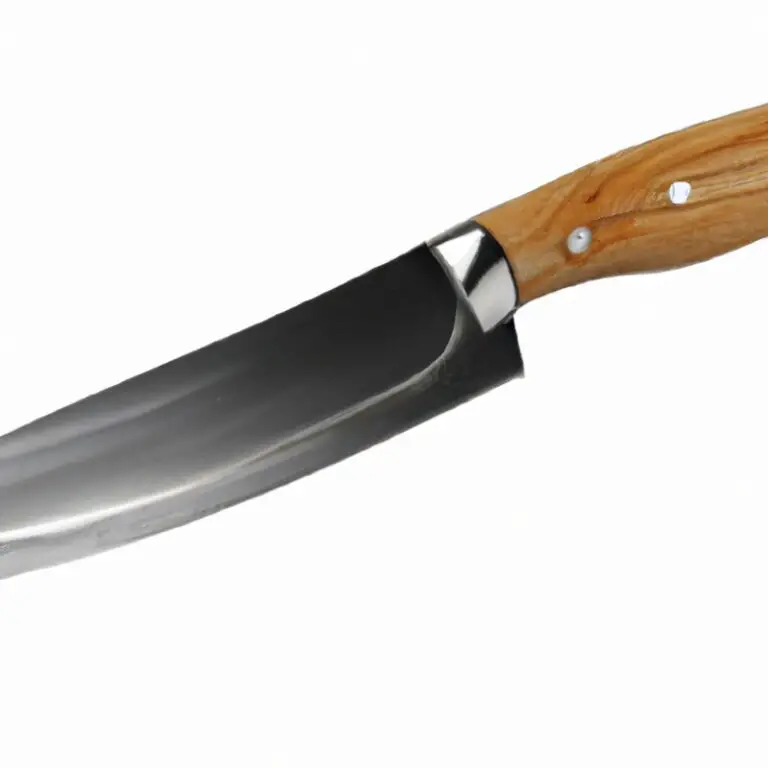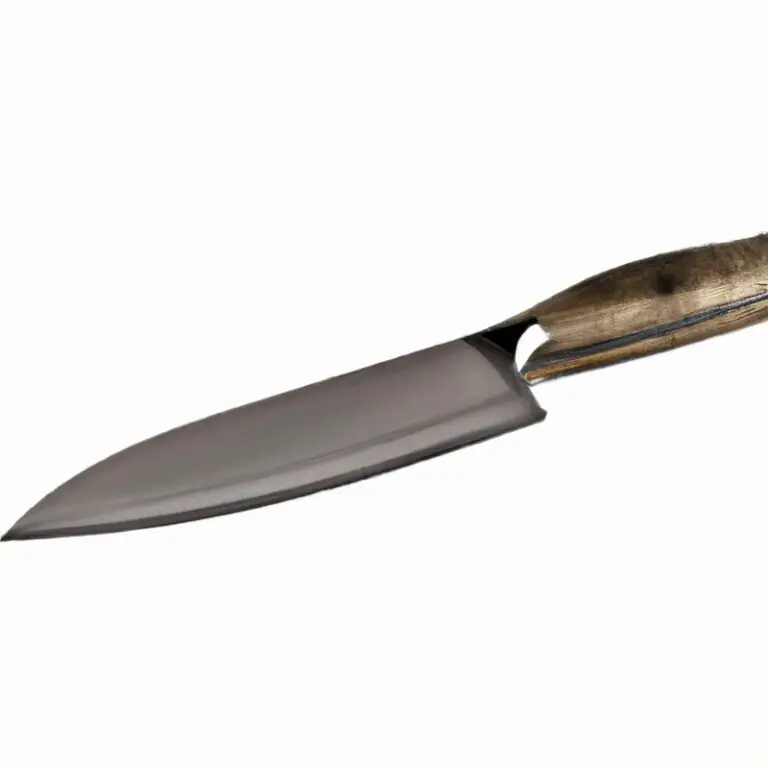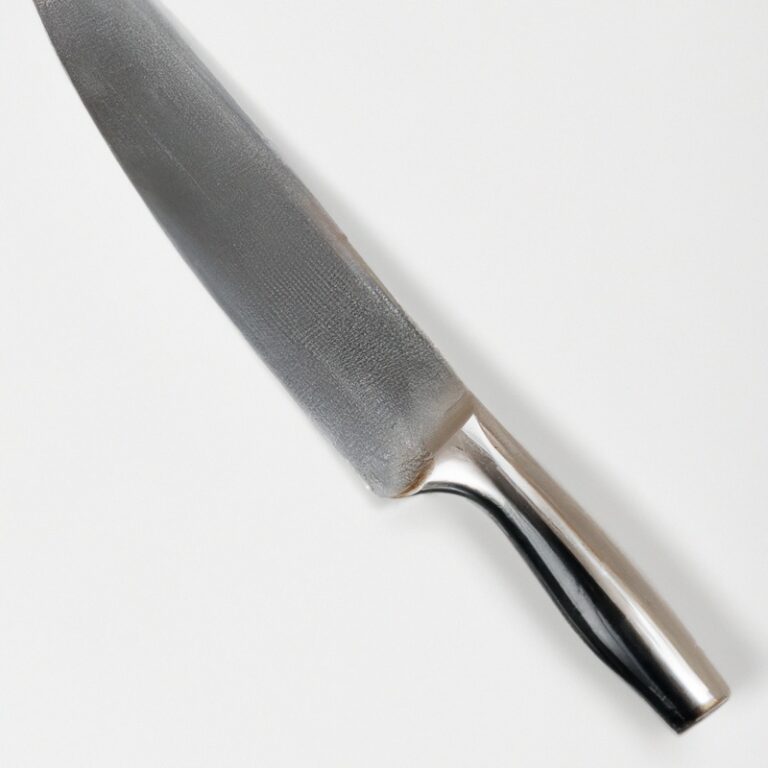How To Fillet a Wahoo Using a Fillet Knife Like a Pro?
Key Takeaways:
- A sharp fillet knife is essential for filleting a wahoo properly and safely.
- Knowing the anatomy of the fish can help guide your cuts and ensure you get the most meat.
- Angling the blade towards the backbone while making sweeping cuts can help remove the fillet cleanly.
- Practice and patience are key to mastering the technique of filleting a wahoo with a fillet knife.
Are you looking for a delicious and healthy fish? Look no further than the wahoo.
However, working with this fish requires proper filleting techniques to ensure a clean and tasty fillet.
In this article, I’ll guide you through the step-by-step process of filleting a wahoo using a fillet knife. From selecting the best knife and cutting board to removing the skin and bones, I’ll cover it all.
Plus, I’ll share some expert tips for maximizing meat yield and storing your fillets safely.
With these techniques, you’ll be on your way to preparing delicious wahoo fillets in no time.
| Tools Required | Steps |
|---|---|
| Fillet knife Cutting board | 1. Begin by placing the wahoo on the cutting board, with its belly towards you. 2. Make a cut through the skin along the top of the fish, from the head to the tail. 3. Make a similar cut along the bottom side of the fish, from the head to the tail, meeting the first cut. 4. Carefully insert the fillet knife between the flesh and the bones, following the contour of the spine. 5. Cut along the spine, using a sawing motion to separate the flesh from the bones. 6. When you reach the ribcage, use the tip of the fillet knife to cut through the rib bones and remove the fillet. 7. Repeat steps 4-6 on the other side of the fish. 8. Once both fillets are removed from the fish, inspect them for any remaining bones and remove with the tip of the fillet knife. 9. Rinse the fillets under cold water and store in a cooler or refrigerator until ready to cook. |
Selecting the Right Fillet Knife for Wahoo
Choosing the right fillet knife for wahoo can make the difference between a smooth and effortless filleting experience or a frustrating and tedious one. It is important to select a fillet knife with a flexible and sharp blade to easily glide through the fish’s skin and bones.
A blade between 7 to 9 inches long is ideal for wahoos, as it is long enough to fillet the entire fish while being easy to control.
When it comes to handle materials, it is recommended to choose a non-slip grip material like rubber or plastic to avoid accidents and provide a comfortable grip even when wet. Additionally, choosing a reputable and reliable brand will ensure the fillet knife is of high-quality and will last for years.
By selecting the right fillet knife for wahoo, filleting the fish will be more efficient, and the fillets will maintain their shape and flavor.
Choosing the Best Cutting Board
When it comes to choosing a cutting board for filleting a wahoo, there are a few important factors to consider. First, make sure you select a board made of a durable material such as wood, plastic, or composite.
Avoid glass or ceramic boards, as they can damage your knife blade.
Secondly, choose a board that is large enough to comfortably fit your fish. A board with a juice groove or channel can help contain any fluids or juices from the fish.
Thirdly, consider the maintenance and cleaning of the board.
Wood boards require oiling to prevent cracks and bacteria buildup, while plastic and composite boards can be washed in the dishwasher. Overall, the best cutting board for filleting a wahoo is one that is durable, properly sized, and easy to clean and maintain.
Preparing Wahoo for Filleting
Before filleting a Wahoo, it is essential to prepare the fish properly. Start by scaling the fish with a scaling tool or scraper.
Cut off the head, fins, and tail with a sharp knife.
Next, use a pair of pliers to remove the guts and gills from the fish’s body cavity. Rinse the cleaned fish under cold running water to remove any leftover scales, blood, or slime.
Pat the fish dry with a paper towel before filleting.
Properly preparing the Wahoo ensures that the fillets are clean and ready for filleting.
Removing the Wahoo Skin: Step-by-Step Guide
To remove the skin from a wahoo fillet, follow these step-by-step instructions:
- Place the fillet skin-side down on a cutting board.
- Use the tip of the fillet knife to make a small cut between the skin and the flesh at the end of the fillet closest to you.
- Hold the skin taut with one hand and slowly slide the knife along the length of the fillet, keeping the blade as close to the skin as possible. Use a gentle sawing motion to separate the flesh from the skin.
- Continue sliding the knife along the fillet until you’ve removed all of the skin.
- Discard the skin and repeat the process with the other fillet.
That’s it! With a little practice and patience, you’ll become a pro at skinning wahoo fillets in no time.
Getting rid of Wahoo Bones: Simple Steps to Follow
To get rid of wahoo bones, you need to make precise cuts with a fillet knife. Once you have removed the skin, locate the bones using your fingers or a boning knife.
Cut alongside the bones from the head to the tail and lift out the bone segment.
Repeat this step until all the bones are removed. Pro tip: use pliers to remove tiny bones that may have been left behind.
Always check to ensure that all bones are removed before cooking or consuming the fish.
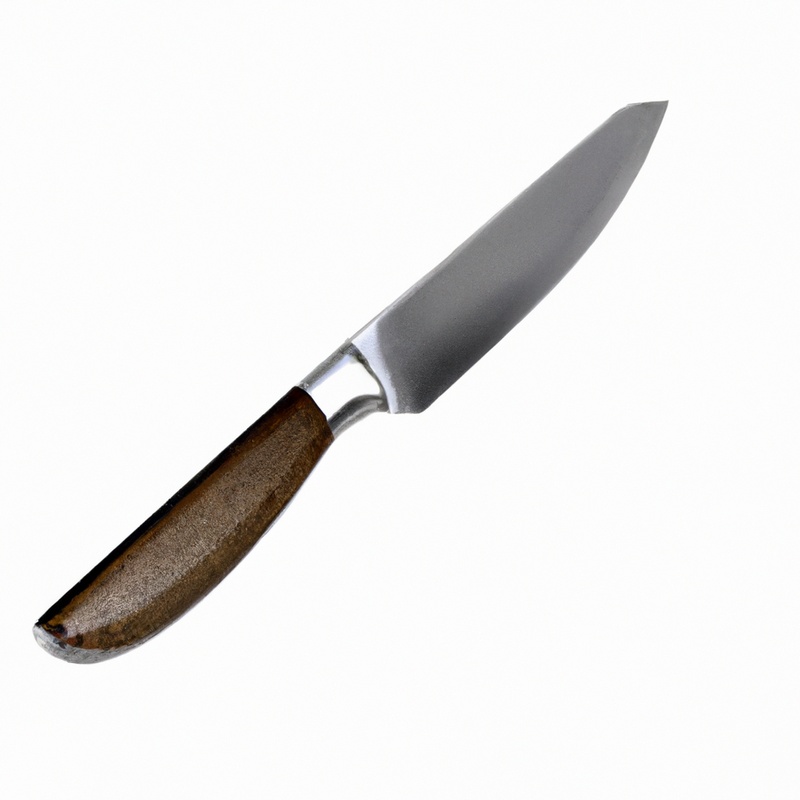
Trimming Wahoo Fillets to Perfection
Trimming wahoo fillets to perfection is an essential step to ensure that you make the most of your catch. Here are a few tips to help you trim your wahoo fillets with precision:
- Use a sharp fillet knife with a thin and flexible blade.
- Scale the fillet and trim off any remaining skin using the blade’s tip.
- Cut out any remaining bones using a pair of clean pliers.
- Trim down any brown or red meat as they can overpower the taste of the fillet.
- Remove the fillet’s rib cage section and check for any small bones.
- Thinly slice the fillet against the grain for even cooking.
Properly trimmed wahoo fillets ensure that you maximize the meat yield and enhance the taste and texture of the dish. By following these simple steps, you can quickly turn your wahoo catch into a delicious meal.
Expert Tips for Maximizing Meat Yield
Expert Tips for Maximizing Meat Yield:
- Utilize a sharp fillet knife: A dull blade can damage the meat and cause unnecessary waste, so make sure to keep your fillet knife sharp.
- Angle your cuts to preserve meat: Cut at a slight angle rather than straight down to avoid separating the meat from the skin and bones. This technique will maximize the meat yield and produce larger fillets.
- Remove the skin carefully: Use a flexible fillet knife, and work slowly and steadily. Avoid removing too much meat along with the skin.
- Learn bone removal techniques: A skilled fillet job requires you to remove bones properly. Learn and practice proper bone removal technique to improve your meat yield and prevent wastage.
- Be organized: Work in an organized, clean environment to avoid contaminating the meat and promote efficiency.
- Separate belly meat: Save the belly meat, which is oily but flavorful and perfect to use in chowders, stews, or tacos.
- Save scraps to make fish stock: Use the scraps, including the head, bones and skin to make a delicious fish stock or soup.
By following these expert tips, you can maximize your meat yield and get the most out of your wahoo fillets.
Storing Your Wahoo Fillets Safely
After filleting your wahoo, it is important to store the fillets properly to maintain their freshness and prevent spoilage. The most important factor to consider when storing your wahoo fillets is temperature.
Ideally, they should be stored in a refrigerator at a temperature between 32 to 38°F.
Make sure to wrap the fillets properly in plastic wrap or a sealed container to prevent air from getting in and causing freezer burn. If you plan to store the fillets for a longer period of time, consider freezing them.
Ensure that the fillets are dry and wrapped tightly in plastic wrap or an airtight container before placing in the freezer.
For best results, use the fillets within 3-4 months of freezing. When thawing frozen wahoo fillets, it is best to do so in the refrigerator overnight.
Avoid thawing at room temperature or using hot water as this can cause the fillets to lose their texture and flavor.
Properly storing your wahoo fillets will ensure that they remain fresh and delicious for a longer period of time.
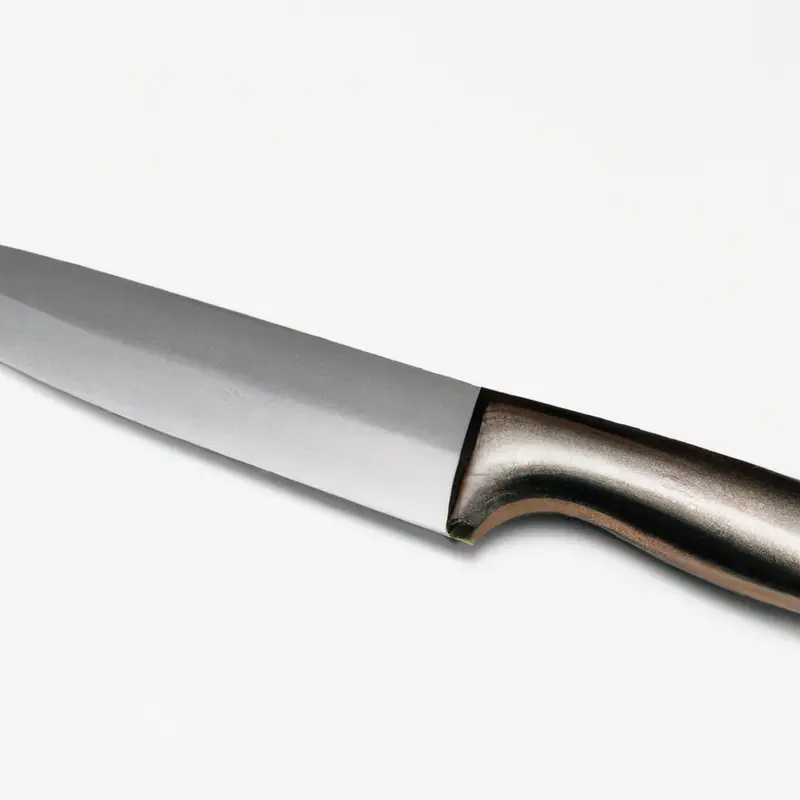
Cleaning Up After Filleting: Best Practices
Cleaning up after filleting is an essential step in the process. It not only ensures that your workspace is clean but also prevents contamination of the fish.
Here are some best practices to follow:
- Use a separate area for cleaning up: It’s best to have a designated area for cleaning up after filleting. This helps to contain mess and makes cleaning up easier.
- Dispose of waste properly: Make sure to dispose of all fish parts, including skin and bones, in a designated trash bin or compost pile. Do not leave them lying around as they can attract pests and create a foul odor.
- Clean your tools: After use, it’s important to clean your filleting knife and other tools with hot soapy water. This helps to prevent bacteria and odors from building up.
- Disinfect your workspace: Use a disinfectant to wipe down your cutting board, work surface, and any other tools that came in contact with the fish. This helps to kill any bacteria present and prevent cross-contamination.
- Wash your hands: Always wash your hands thoroughly with soap and hot water after handling fish. This helps to prevent the spread of bacteria and contamination.
By following these best practices, you can ensure that your workspace is clean, safe, and hygienic. Not only does this protect your health, but it also ensures that your fish tastes fresh and delicious.
Delicious Recipes for Wahoo Fillets
Once you have successfully filleted a wahoo using a fillet knife, it’s time to enjoy the fruits of your labor. Wahoo fillets have a firm texture and a sweet, mild flavor that makes them perfect for a range of delicious recipes.
One popular way to prepare wahoo fillets is by grilling them with a marinade.
To make the marinade, mix together olive oil, soy sauce, honey, garlic, and ginger in a bowl. Place the wahoo fillets in a zip-top bag and pour the marinade over them.
Seal the bag and refrigerate for 30 minutes to 1 hour.
Grill the fillets until they are firm and opaque, about 4-6 minutes per side. Another tasty option is to pan-sear wahoo fillets with a citrus sauce.
Season the fillets with salt and pepper, then heat a tablespoon of olive oil in a skillet over medium-high heat.
Cook the fillets until they are golden brown on both sides, about 4-5 minutes per side. Remove them from the skillet and set them aside.
In the same skillet, add orange juice, lemon juice, honey, and butter.
Cook the mixture, stirring occasionally, until it thickens slightly. Pour the sauce over the wahoo fillets and serve.
For a lighter option, try making a wahoo ceviche.
Cut the wahoo fillets into small cubes and mix them with diced red onion, chopped cilantro, diced jalapeno, lime juice, and orange juice. Let the mixture marinate in the refrigerator for at least 30 minutes, or until the fish is no longer translucent.
Serve the ceviche with tortilla chips or on top of lettuce leaves.
These are just a few of the many delicious recipes you can make with wahoo fillets. Experiment with different flavors and cooking methods to find your favorite way to enjoy this tasty fish.
Final Verdict
Filleting a wahoo can be a simple and satisfying task if you have the right tools and techniques. Using a good fillet knife and cutting board, as well as following proper preparation and filleting techniques will result in perfectly trimmed fillets that are ready for cooking.
Remember to store your fillets properly and clean up your workspace thoroughly to ensure food safety.
With these expert tips and tricks, you can confidently prepare and enjoy delicious wahoo dishes at home. By consistently following these practices, you can maintain your expertise on filleting a wahoo and inspire others to do the same.

